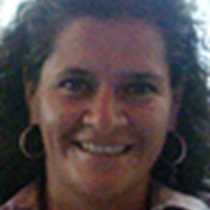Isabela & Fernandina Islands
The westernmost area of the archipelago, referred to as the “young islands,” Isabela and Fernandina were born on fire and are still connected to the Hot Spot, therefore volcanically active. Even though Isabela and Fernandina are geologically new, they have been colonized by a few species. Although most of them marine, these species have made it here successfully. One of the reasons why they have adapted to this ecosystem is the rich productivity of its waters. El Canal Bolivar is the most protected area of the archipelago. The cold temperatures of the water, a result of the undercurrent of Cronwell, forms the upwelling that is very rich in nutrients.
This morning of our Galápagos cruise was dedicated to looking for the enigmatic ocean sun fish also known as Mola Mola. Fortunately we were able to spot several of them just a few hundred yards off the coastline. This species from the deep waters will normally sunbathe on the surface of the ocean to be able to warm up. That is why it is called the sun fish.
Two species of flightless sea birds were also found as we went on our Zodiac ride, the Galápagos penguins and the Flightless Cormorants, emblematic to the islands.
Fernandina, the youngest, strangest and more pristine of all the islands of the group is considered the jewel of the crown. Here is where we can see the very early processes of life taking place. The beginnings of life that go back to basics are impossible to understand in other places of our planet due to the passing of time.
These sightings along with the impressive lava formations, the shape of the volcanoes and the interesting creatures of the Galápagos Islands gave our guests an interesting learning experience!




